Quick Guide
Important Details: Location and Timings
- Location: Shri Baba Siddhnath Mandir, Juhi Naher, Dhaka Purwa, Jajmau, Kanpur, Uttar Pradesh 208006
- Timings: 6:00 A.M. – 8:00 P.M.
- Timings during Shravan Months (Aug.-Sep.): 3:00 A.M. to 12:00 A.M.
- Arti Timings
- Mangla Arti: 5:00 am to 5:30 am
- Bhog Arti: 12:00 P.M. to 12:30 P.M.
- Bhog Arti (Evening): 7:30 P.M. to 9:00 P.M.
- Shayan Arti: 11:30 P.M.
- Best time to visit: During Arti, and During the month of Shravan and on every Monday
- *however if you aren’t fond of crowd, then avoid the above timing
https://kanpurnagar.nic.in/tourist-places/
Introduction
Nestled in the heart of Kanpur’s Jajmau, the Siddhanath Temple stands as a revered sanctuary for ardent worshipers seeking the benevolence of Lord Shiva. Renowned for its profound religious and historical importance, this age-old temple beckons devotees from far and wide, particularly during the sacred month of Shravan. Join us as we delve into a mesmerizing expedition, unraveling the enchanting legends, architectural splendors, and cultural gems that grace the city of Kanpur.

Enveloped by an aura of spirituality, the Siddhanath Temple exudes an irresistible charm, drawing devotees into its hallowed confines. The temple’s ancient origins are steeped in tales of devotion and miracles, further igniting the faith of its visitors. As one sets foot within its sacred precincts, the air resonates with heartfelt prayers and resonant chants, creating an atmosphere of deep reverence.
Architecturally, the Siddhanath Temple is a marvel to behold. Intricate carvings, delicate sculptures, and ornate designs adorn its sacred walls, narrating the stories of Hindu mythology and showcasing the mastery of ancient artisans. Each stone and pillar whisper secrets of a bygone era, transporting visitors to a time of grandeur and artistic brilliance.
Beyond its religious significance, Kanpur itself unfolds as a city enriched with vibrant culture and historical treasures. From its bustling markets filled with traditional handicrafts to its flavorful culinary delights, the city offers a sensory tapestry that enthralls every traveler. The journey through Kanpur is a symphony of colors, flavors, and traditions that leave an indelible mark on one’s soul.
A Glimpse into Jajmau’s Historical Importance
Situated along the eastern bank of Kanpur, Jajmau is an area rich in historical significance. Its elevated plains, brimming with ancient relics, offer a glimpse into a time spanning from 600 BCE to 1600 CE. Formerly known as Siddhapuri, Jajmau was once under the rule of King Yayati, according to legends passed down through generations. The majestic fortress perched atop the lofty mound, commanding a view of the Ganges, stands as a testament to the area’s illustrious past.
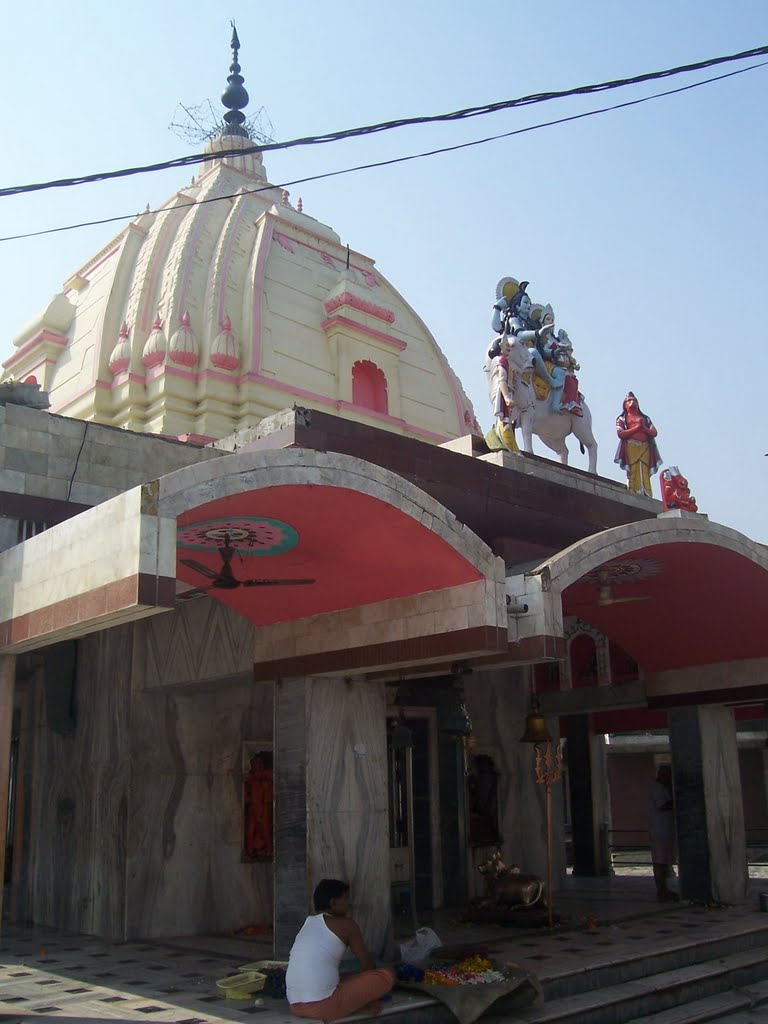
Today, Jajmau stands as a host to a variety of sacred sites, attracting visitors of diverse religious backgrounds. Among these revered locations are the Sufi shrine and the mausoleum of Makhdoom Shah Ala-ul-Haq, serving as a place of devotion and reflection. Additionally, the Siddhanath Temple and Siddhadevi Temple offer spiritual solace to those seeking it. Notably, the mosque constructed by Kulich Khan in 1679 stands as a symbol of religious harmony and architectural grandeur, showcasing the historical interplay between cultures.
In summary, Jajmau’s historical significance is deeply rooted in its artifacts and legends, and it continues to embrace its religious diversity with its sacred sites, contributing to the area’s cultural heritage.
Kanpur: A City of Significance
Located on the sacred banks of the Ganges River, Kanpur boasts a rich blend of historical, religious, and commercial significance. Initially established by Raja Hindu Singh of Sachendi state, the city was referred to as ‘Cawnpore’ during the British colonial era. Renowned for its pivotal role in the revolt of 1857, Kanpur still carries remnants of its colonial past, showcasing its historical heritage.
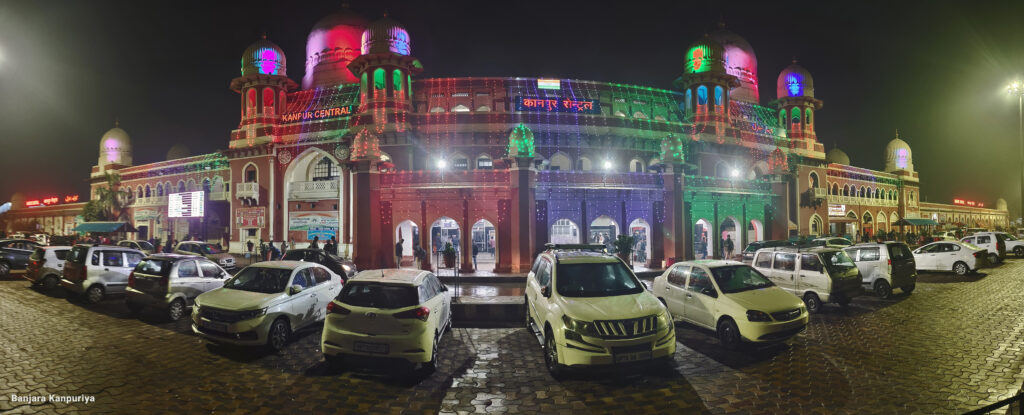
Kanpur’s prominence extends beyond its historical legacy, as it has emerged as a major industrial hub in Northern India. The city proudly dons the title of ‘Manchester of the East’ due to its flourishing leather, textile, plastic, and other industries. With a vibrant commercial landscape, Kanpur serves as a catalyst for economic growth in the region.
While Kanpur’s historical and commercial aspects contribute to its allure, its religious significance also attracts visitors. The holy Ganges River, which gracefully flows through the city, adds a spiritual touch to the environment. Devotees and pilgrims often flock to the riverbanks to participate in sacred rituals and seek spiritual solace.
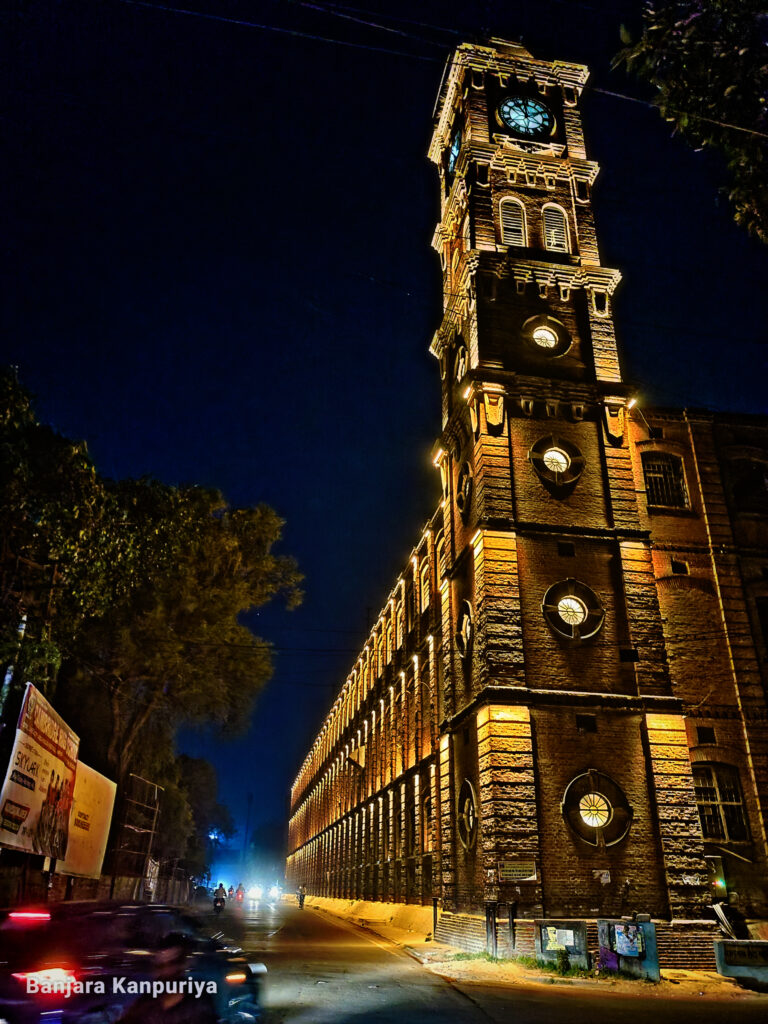
For tourists and travelers planning a visit to Kanpur, the period between October and March presents an ideal time to explore the city. During these months, the weather is pleasant and conducive to outdoor activities. It allows visitors to explore the historical sites, experience the local culture, and immerse themselves in the vibrant atmosphere of Kanpur.
Kanpur stands as a city of multiple dimensions, combining its historical past, industrial prowess, and religious heritage. From the remnants of British rule to its thriving industries, Kanpur showcases its diverse facets. Whether one seeks historical insights, commercial opportunities, or spiritual experiences, Kanpur offers a unique blend of attractions that captivate visitors throughout the year, with the best time to visit being between October and March.
Exploring Kanpur’s Rich Heritage
Kanpur, located beyond the Siddhanath Temple, offers an array of captivating attractions for visitors to explore. One such gem is the Kanpur Sangrahalaya, also known as the Kanpur Museum, where the rich cultural heritage of the city is beautifully showcased. Immerse yourself in the exhibits and get a glimpse into the history, art, and traditions that have shaped Kanpur into what it is today.
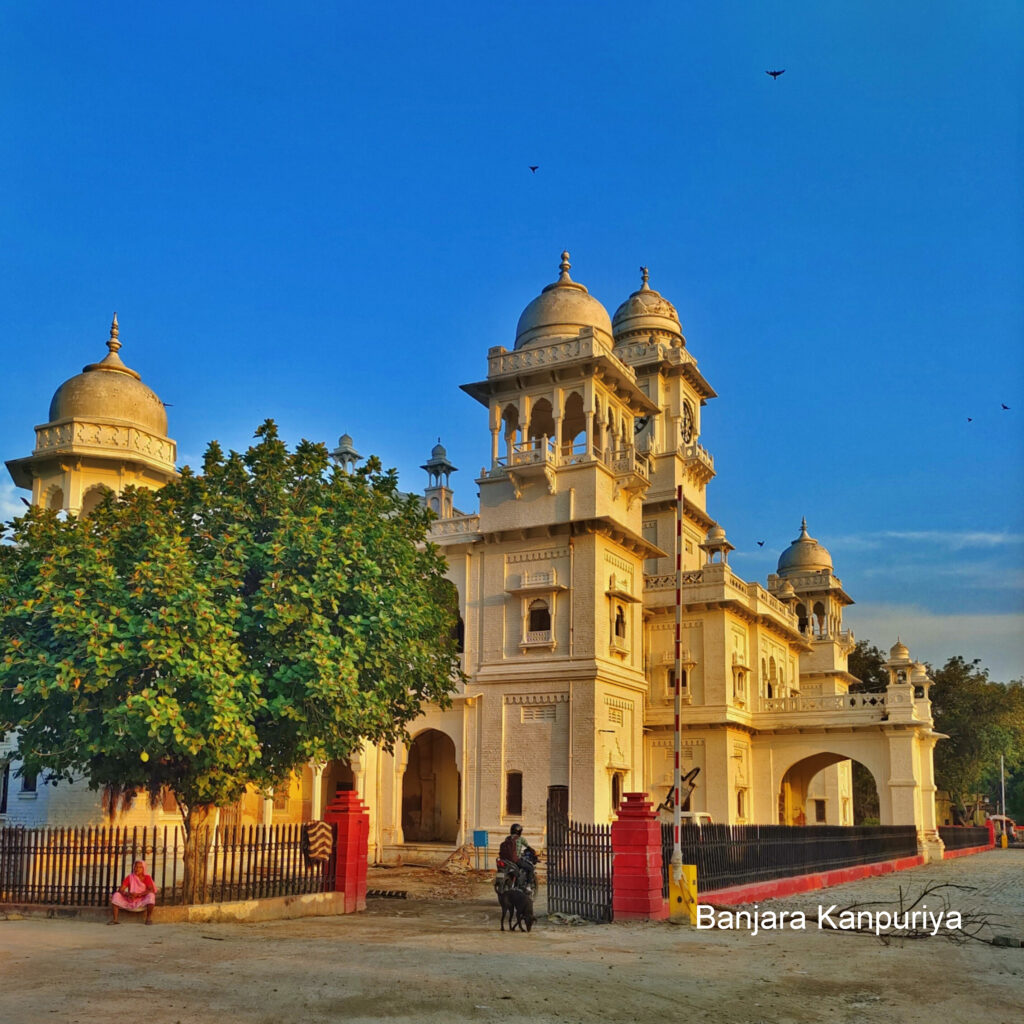
For those seeking tranquility amidst nature, Nana Rao Park and Phool Bagh provide idyllic settings for leisurely strolls. Surrounded by lush greenery and blooming flowers, these serene parks offer a welcome respite from the bustling city life. Take a leisurely walk, unwind on a bench, or simply bask in the beauty of nature.
A prominent landmark in Kanpur is the Kanpur Memorial Church, a solemn tribute to the brave martyrs of the 1857 uprising. This historical monument stands as a poignant reminder of the city’s significant role during that pivotal moment in Indian history. The architecture and ambience of the church exude a sense of reverence, making it a must-visit destination for history enthusiasts and those seeking to pay their respects.
Beyond the Siddhanath Temple, Kanpur beckons visitors with its cultural treasures, tranquil parks, and historical landmarks. Whether you are a history buff, a nature lover, or simply seeking a moment of serenity, Kanpur offers a delightful blend of experiences that will leave you captivated and enriched.
Unveiling the History of Siddhanath Temple
The Siddhanath Temple holds a sacred position on the banks of the Mokshadayini Ganga, carrying with it a rich history that dates back to the Treta Yuga, an ancient era of Hindu mythology. It is revered among devotees as the second Kashi, drawing parallels to the holy city of Varanasi. According to legend, King Yayati stumbled upon a Shivling during an excavation, a divine discovery that would shape the destiny of the temple. Guided by instructions received in a dream, the king embarked on a monumental task of performing 100 yajnas, or sacred fire rituals, to elevate the temple to the status of Kashi.
Once considered the second Kashi, Jajmau, the location of the temple, gradually lost its prominence over time. However, the Siddhanath Temple remains a significant pilgrimage site for ardent followers of Lord Shiva. Devotees flock to this divine sanctuary, seeking blessings and spiritual solace.
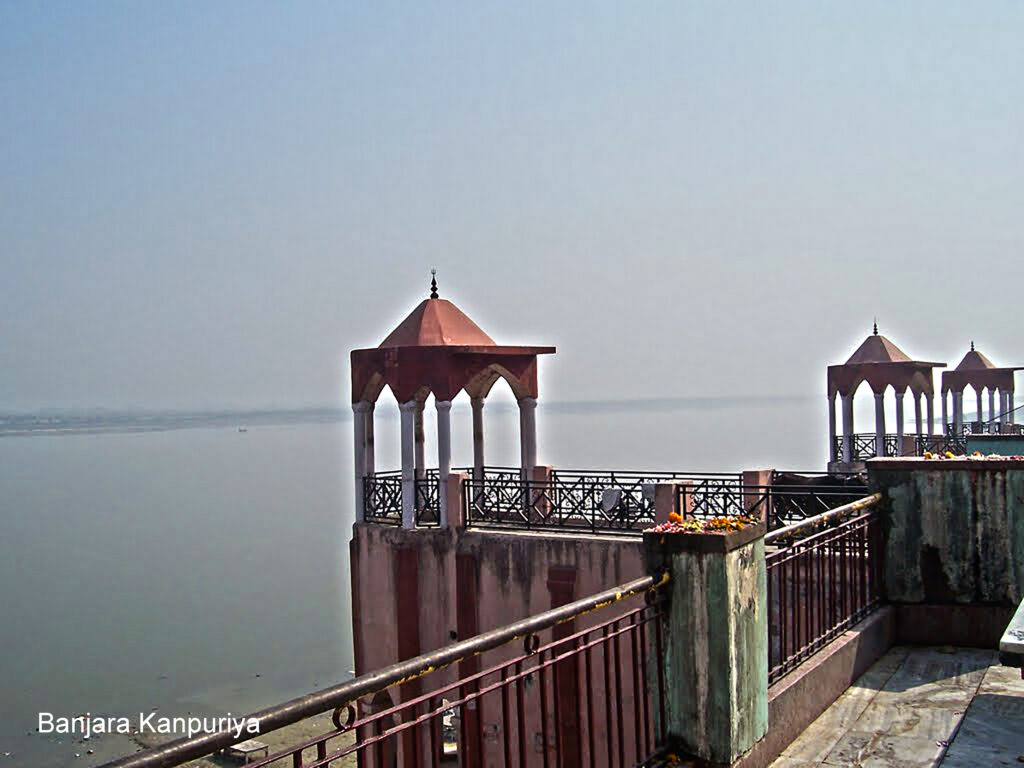
The temple’s serene location, nestled on the banks of the Mokshadayini Ganga, adds to its allure. Pilgrims are captivated by the peaceful ambiance, offering them a chance to immerse themselves in prayer and meditation. The Siddhanath Temple stands as a testament to the devotion and reverence of its worshippers, who continue to uphold its legacy through their unwavering faith.
Within the temple premises, devotees encounter the grandeur of ancient architecture and intricate carvings that depict scenes from Hindu mythology. The sanctum sanctorum houses the revered Shivling, the sacred representation of Lord Shiva. As visitors offer prayers and perform rituals, they believe in the divine power that resides within these walls.
Throughout the year, the Siddhanath Temple hosts numerous religious festivals and celebrations, attracting devotees from far and wide. These gatherings witness vibrant processions, devotional singing, and elaborate rituals that further reinforce the spiritual significance of the temple.
As time moves forward, the Siddhanath Temple continues to serve as a beacon of devotion, drawing countless worshippers to its hallowed grounds. It stands as a testament to the enduring power of faith and the timeless allure of ancient traditions.
Architectural Marvel and Devotee Rituals
The Siddhanath Temple, situated on the hallowed banks of the Mokshadayini Ganga, has a long and illustrious history dating back to the Treta Yuga, an ancient period in Hindu mythology. This esteemed temple holds the distinction of being regarded as the second Kashi (Varanasi) among devout followers. According to legend, the Shivling was unearthed during an excavation carried out by King Yayati. Guided by divine instructions he received in a dream, the king undertook the momentous task of performing 100 yajnas to transform the temple into a sacred abode akin to Kashi.
In ancient times, Jajmau, where the Siddhanath Temple stands, held great importance as the second Kashi. However, as time passed, its significance as a revered spiritual destination gradually waned. Despite this, the Siddhanath Temple has retained its stature as a significant pilgrimage site for devotees of Lord Shiva.
Nestled amidst serene surroundings and bathed in spiritual aura, the temple attracts countless worshippers who seek solace, blessings, and divine intervention in their lives. The intricate architectural design of the temple, adorned with exquisite carvings and sculptures, showcases the rich cultural heritage of the region.
The Siddhanath Temple stands as a testament to the enduring faith and devotion of its devotees. Throughout the year, devotees flock to the temple to participate in religious ceremonies, offer prayers, and immerse themselves in the divine atmosphere. The temple’s sanctum sanctorum houses the revered Shivling, the embodiment of Lord Shiva, which is the focal point of worship and reverence.
The Siddhanath Temple not only serves as a place of worship but also as a center for spiritual and cultural activities. Various festivals and religious events are celebrated with great fervor, attracting devotees and visitors from far and wide. These gatherings provide an opportunity for people to connect with their spiritual selves, partake in rituals, and seek blessings from the divine.
As the sun sets over the sacred banks of the Mokshadayini Ganga, casting a gentle glow on the Siddhanath Temple, the air becomes filled with a sense of tranquility and devotion. It is in this serenity that devotees find solace, hope, and a deep connection with the divine, making the Siddhanath Temple a cherished destination for spiritual seekers and devotees of Lord Shiva.
Do you want to know about other 3 Ancient Shiv Temples of Kanpur? Click Here.
Do you want to know about other Old Temples of Kanpur? Click Here.
Epilogue
The Siddhanath Temple, located in Jajmau, Kanpur, is a place of great religious and historical significance. This ancient temple attracts a multitude of devotees, especially during the holy month of Shravan, who come seeking the blessings of Lord Shiva. Jajmau itself is a treasure trove of archaeological excavations and diverse religious sites, enhancing the cultural fabric of Kanpur. By delving into the city’s various attractions such as museums, parks, and historical landmarks, visitors can uncover the profound heritage that Kanpur has to offer. Embarking on a trip to Kanpur provides an opportunity to immerse oneself in the spiritual and cultural marvels that the city holds.
With its roots deeply intertwined with spirituality, the Siddhanath Temple stands as a testament to Kanpur’s devotion and reverence. Its ancient aura draws devotees from far and wide, particularly during the auspicious month of Shravan when the fervor reaches its peak. Beyond the temple’s sacred walls, Jajmau’s allure lies in its historical and archaeological treasures, each weaving a unique thread into the city’s cultural tapestry.
A journey through Kanpur is not merely a visit but an exploration of the past and a celebration of the present. Museums offer glimpses into the city’s history, parks provide a respite from the hustle and bustle, and historical sites stand as silent witnesses to the passage of time. By planning a visit to Kanpur, one can embark on a profound voyage of discovery, delving into the spiritual and cultural wonders that this vibrant city has to offer.
* Photos are only symbolic (Taken from public domain/internet and any copyright infringement is unintentional and regrettable)





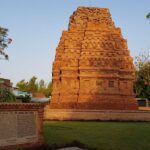

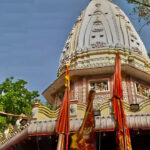
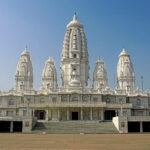


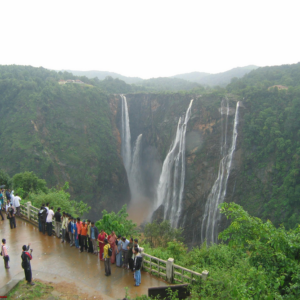












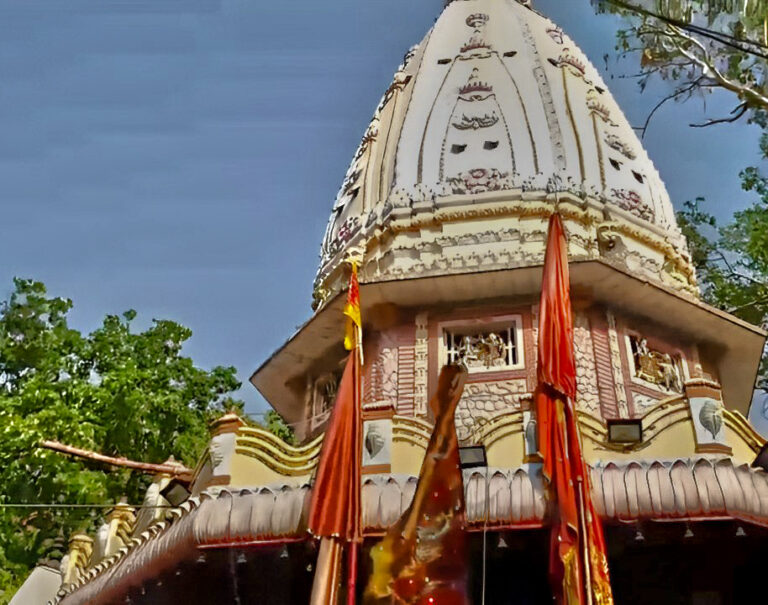
[…] Siddhnath Temple […]